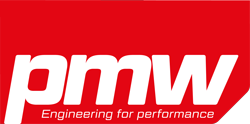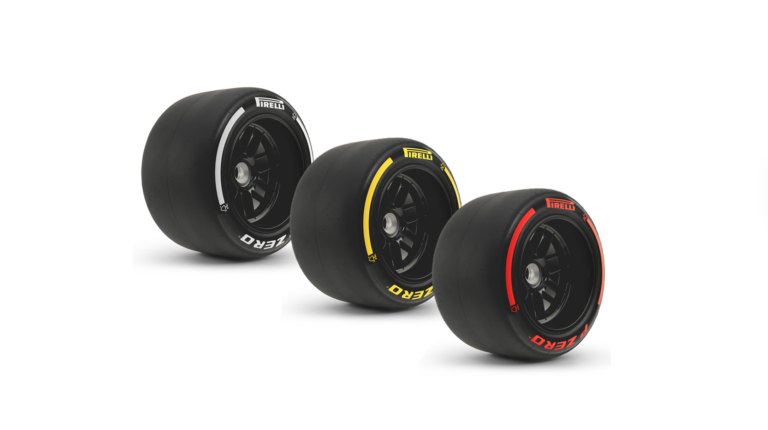Pirelli has set the range of compounds for the 2026 Formula 1 season. After completing an analysis following the last test session in Mexico City, the company, with FIA approval, has established which compounds will be homologated on December 15, as stipulated in the technical regulations.
The range of dry tires will consist of five compounds from the hardest C1 to the softest C5, all with similar positioning to today’s line-up. The compounds have been engineered with controlled thermal degradation to enable a variety of strategies in response to the diverse conditions found on the world championship calendar.
Particular attention has been paid to performance differences between the compounds in terms of lap time, to ensure a wide and consistent delta between them, to deliver more strategy options.
Pirelli chose not to validate the sixth, softest compound (C6) from the current season because it could not meet the required performance gap. Recent tests showed the time difference between C5 and C6 prototypes was minimal, providing no significant advantage.
The range of compounds follows the finalization of tire construction in early September, after a detailed evaluation of axle balance and the impact of the active aerodynamics set to be introduced next year.
Testing and development
The tire development was carried out based on forecast data supplied by the teams, using simulations referring to loads and speeds predicted for the end of the 2026 season, while pursuing objectives similar to those of this year.
The models were validated based on the results of development track testing with mule cars modified to reproduce the characteristics of the next generation of cars. Pirelli notes that testing was complicated by the inability to use actual 2026 cars, which will run slightly narrower tires than the current ones, at 18in.
Before final homologation, the compound range will be used in a one-day group test on December 9 in Abu Dhabi. The teams will be supplied with sets of compounds from C2 to C5, as well as Intermediate tires in the event of wet conditions. The C1 and the Full Wets, although included in the 2026 range, will not be supplied at Yas Marina.
The tests will be carried out by current race drivers in a mule car.
In related news, JRI Shocks enhances damper development capability with eMpulse load frame



